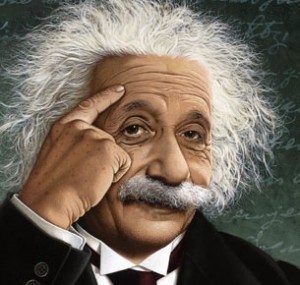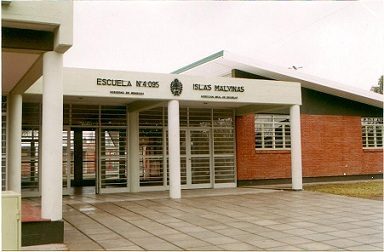 The term diagonal is part of geometry and it is possible to define it as the segment in the shape of a line that joins one end or vertex of a figure with the vertex that is on the opposite side.
The term diagonal is part of geometry and it is possible to define it as the segment in the shape of a line that joins one end or vertex of a figure with the vertex that is on the opposite side.
Examples of diagonals in geometric figures
In a parallelogram there are four sides (A, B, C and D) and there are two diagonals: the line that goes from A to D and the line that goes from C to B. Both diagonals intersect at the point of intersection of the two straight lines.
In a five-sided polygon there are five diagonals, in a six-sided polygon there are nine diagonals, and one that has seven sides will have 14 diagonals.
The four examples listed above help us to ask ourselves the following question: how many diagonals does a polygon have? First of all, the first item to consider is the number of sides. On the other hand, a regularity in the number of diagonals is observed and this regularity is expressed with the following formulation: starting from the number of sides and multiplying it by the same number minus three and the result dividing it by two.
La Diagonal, an urban solution for Barcelona
The language of mathematics has a theoretical dimension that can be projected onto tangible realities. This is what happened with the urban planning of the city of Barcelona. In the second half of the 19th century, a new planning of the city was designed to solve its growth. To do this, a design was made in the form of a grid or hypodamic plan (rectilinear streets that intersect at right angles). The large grid that was built to house the so-called expansion area was crossed by an avenue in the shape of a diagonal and for this reason it received the name of the Diagonal. Thus, geometry was put at the service of urban planning so that the diagonal line had several functions: to cross the city more quickly, to connect the different areas and to facilitate transport in general.
The architect of the Ensanche de Barcelona was Ildefonso Cerdá, who was commissioned by the city council after the walls surrounding the urban nucleus were demolished. At present, this urban proposal is considered an important achievement in the history of the city of Barcelona, but initially Ildefonso Cerdá's solution was rejected by the city council authorities and by broad sectors of Barcelona society. Despite initial misgivings, his plan was finally approved and today it is possible to get to know Barcelona by following the line marked by the Diagonal.
Photo: iStock - JulieanneBirch









